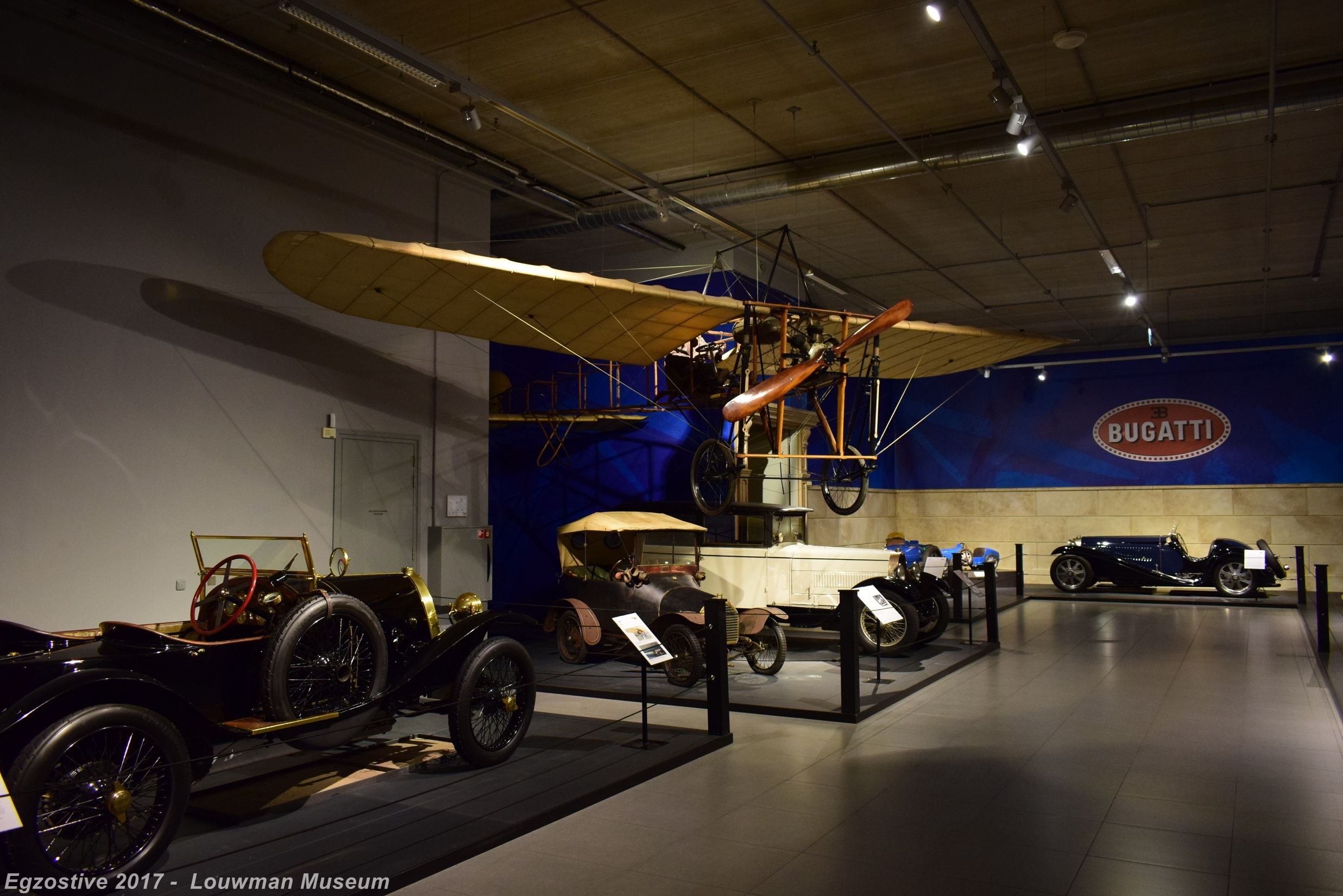En route to the ground floor from the breath-taking Italians, a segment dedicated to the defunct Dutch Spyker brand illustrates Dutch ingenuity.
A highlight is a roadster with world’s first innovations, such as four-wheel-drive and six-cylinder engine.

The 1903 Roadster was crowned with a dedicated space in the museum (filled with Ferraris, Bugattis and other exclusive rarities). The car was the world’s first all-wheel-drive car. I can’t help noticing the snake motives placed in the most peculiar spots on the Spykers.

These monsters include fire trucks, luxurious coupés and limousines, from all sorts of epochs. Somewhere here did I reach the point of overload, where I started to run back and forth as a child in the toy store.
By today’s standards, being socialized in a different world of planned obsolescence, these luxurious monsters are like long gone dinosaurs, whereas their lockable air inlets invoke more engineering work than what some modern manufacturers delivered in their entire lifespan.
So far, I got to see rarities and extremes from all sectors of the automotive industry, unique one-off models, concepts and race cars from renowned manufacturers, encompassing all epochs sizes and proposed. Can this be topped?
Well, this is when the exhibition kicks in the afterburner, with one-off and high-end cars from the pre-World War II era.
My personal favourite is the flamboyant 1910’s Swan Car, and if it was not enough to attract our attention, next to the car, we could see Jay Leno interviewing Mr. Louwman who is presenting all the peculiarities of the Swan.
It is interesting to see how well the two famous collectors connect and remain on the same wavelength, despite their very different background.
After all these excesses, we are hit by a pinch of sanity, in the form of the oldest existing Toyota in the world.
The quest for the acquisition of the AA was such an achievement that the Japanese manufacturer decided to award Mr. Lowman the personal desk to (the grandchild of the founder) of Shoichiro Toyoda, as a sign of their recognition (recommend to have a look at the desk of Ferdinand Porsche in Salzburg, for comparison).
As we are approaching the finish line, and the visionary director will not disappoint those who count on a finale.
At the end of the exhibition, some beautiful Talbots and a couple of old Bugattis are awaiting the visitors.
At the end of the good half a day hard walk, there was one big question left to answer: did I just find the best car museum in the continent? It is certain that Louwman is enormous and one of the most comprehensive and balanced exhibitions encompassing all ages and regions of the world. In general, the quality (layout, concept, the “script”) is comparable with the best factory museums (among the single brand museums, the point of reference for me is the Mercedes Museum), but without the cold corporate design language.
While the Audi Museum or the BMW world resembles a flagship dealer showroom, Louwman reminds me of an art gallery with cars. And this leads to the only critical remark I could make, as the museum is about as interactive as a traditional art gallery. But to be fair, those that excel in interactive elements (like the national car museum in Turin or Motormuseum in Riga) could not get any close to Louwman in content.


